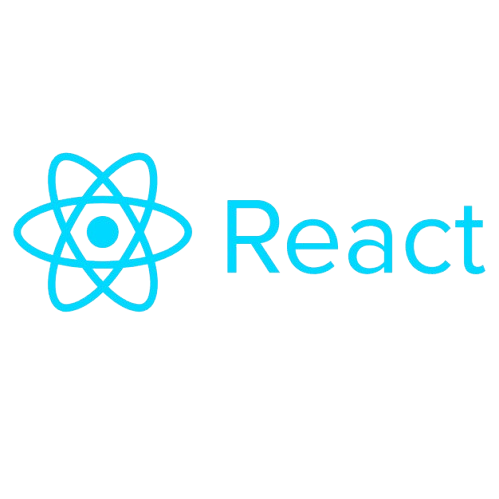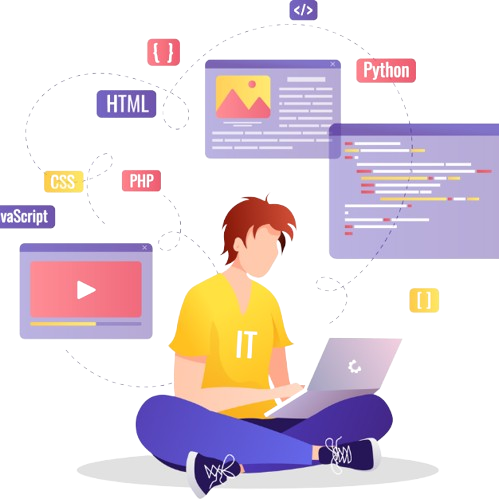In the world of modern web and mobile app development, ensuring that your React applications are bug-free and reliable is crucial. As React continues to dominate the development landscape, so does the need for efficient testing frameworks that can handle the complexities of dynamic UIs. In this post, we will dive into the importance of testing React apps and explore how Jest and React Testing Library can be used to write effective, user-centric tests. Whether you are part of a React JS development company or an independent React JS developer, mastering these tools will enhance the quality and maintainability of your projects.
Why Testing React Applications is Essential

Before diving into the tools, it’s important to understand why testing React applications is crucial. React applications are typically dynamic, with components that render and update based on changing states and props. This presents challenges, as bugs in one part of the application can have far-reaching effects.
Key Benefits of Testing:
- Catch bugs early: Testing helps you identify and resolve bugs during development rather than in production.
- Improve code quality: Well-tested code is usually more maintainable and less prone to errors.
- Boost collaboration: Developers, testers, and stakeholders can all use tests as a shared understanding of how the app should behave.
- Ensure user satisfaction: Testing ensures that your app works as expected, providing a seamless experience for end-users.
If you’re working with a React JS development company, you’ll often see how crucial it is to implement a solid testing strategy as part of the development lifecycle. A well-tested app means fewer bugs and a smoother delivery process for React app development projects.
Launch High-Performance ReactJS Applications!
Work with SDLC CORP to transform your ideas into stunning digital products.

Tools for Testing React Applications: Jest and React Testing Library
Jest: The Backbone of JavaScript Testing
Jest is a JavaScript testing framework developed by Facebook, and it is the de facto standard for testing React applications. It provides a rich set of features, including zero-config setup, snapshot testing, and mock functions.
Key Features of Jest:
- Out-of-the-box configuration: Jest is easy to set up and works seamlessly with React projects.
- Snapshot testing: Ensures that UI components render consistently by comparing the output of a component to a previously saved snapshot.
- Mocking and spying: Jest can simulate API responses, timers, and functions to isolate tests from external dependencies.
Jest is particularly popular among React developers because of its simplicity and power. When working with a React JS development company, it’s almost guaranteed that Jest will be used as the testing framework due to its compatibility with React and extensive community support.
React Testing Library: Focusing on User Interactions

While Jest handles the testing framework, React Testing Library focuses on testing React components in a way that mimics how users interact with them. Unlike traditional testing libraries that focus on testing implementation details (like internal state or lifecycle methods), React Testing Library encourages developers to test the app from the user’s perspective.
Why React Testing Library?
- Encourages better testing practices: By focusing on user interactions, React Testing Library helps developers avoid testing implementation details that might change over time.
- Simulates user interactions: It provides utility functions like
fireEvent()anduserEvent()to simulate actions such as clicks, typing, and form submissions. - Accessibility-first: React Testing Library promotes best practices in accessibility, making it easier to write tests that ensure a better user experience for all.
Together, Jest and React Testing Library form an ideal testing duo for building React web development apps that are both robust and user-friendly.
Setting Up Jest and React Testing Library
Setting up Jest and React Testing Library in your project is simple. Here’s a quick guide to get you started:
Install Jest and React Testing Library:
bashnpm install --save-dev jest @testing-library/react @testing-library/jest-domAdd Jest Configuration (in your
package.json):json"jest": { "testEnvironment": "jsdom", "setupFilesAfterEnv": ["@testing-library/jest-dom/extend-expect"] }Write Your First Test: Create a simple test for a React component. For example, let’s test a basic
Buttoncomponent:jsximport React from 'react'; import { render, screen, fireEvent } from '@testing-library/react'; import Button from './Button'; test('renders the button and handles click event', () => { render(<Button label="Click me" />); const buttonElement = screen.getByText(/Click me/i); fireEvent.click(buttonElement); expect(buttonElement).toBeInTheDocument(); });
This example demonstrates the ease with which you can write a test using React Testing Library’s render and fireEvent functions. The test ensures that the button renders correctly and handles a click event.
Build Fast, Scalable ReactJS Apps Today!
Partner with SDLC CORP for top-notch ReactJS development solutions.

Best Practices for Testing React Applications
As you begin writing tests, there are some best practices to keep in mind:
- Test behavior, not implementation: Focus on how components behave rather than their internal structure. For example, test that a button triggers an action when clicked, instead of checking that a specific function is called.
- Keep tests isolated: Each test should focus on a single unit of work and not rely on external dependencies, which can be mocked using Jest.
- Test edge cases: Ensure that your components handle edge cases, such as empty states or invalid inputs.
- Use meaningful test names: Your test names should describe what the test does, e.g., “should display an error message when input is invalid.”
By following these best practices, you ensure that your React development process is streamlined, making your app more reliable in production.
Overcoming Common Challenges in React App Testing

While testing React apps is essential, it’s not without its challenges. Some common issues include:
- Mocking external dependencies: For instance, mocking API calls and async actions can be tricky. Jest offers utilities like
jest.mock()andjest.fn()to help with this. - Testing complex component states: Large components with numerous stateful interactions may require more sophisticated testing strategies like mocking context providers or Redux store.
- Asynchronous testing: Many React apps interact with APIs, so testing asynchronous actions and state changes can be tricky. React Testing Library’s
waitForfunction and Jest’s async utilities can help here.
A React JS development company will likely have extensive experience dealing with these challenges and can help navigate the complexities of testing large-scale React mobile apps or React website development projects.
Why Choose a React JS Development Company for Your Testing Needs
If you’re working on a complex project, partnering with a React JS development company can significantly streamline the process of writing and executing tests. Experienced developers can ensure that:
- Tests are integrated seamlessly into your React web development pipeline.
- The testing process is automated, saving you time and reducing human error.
- High-quality standards are maintained, leading to more stable releases for your React app development projects.
Working with experts in React development services means you don’t have to worry about the nuances of testing, allowing you to focus on what matters most: building great products.
Conclusion
Incorporating testing into your React applications is no longer optional—it’s essential. By using Jest and React Testing Library, you can ensure that your apps are robust, reliable, and user-friendly. Whether you’re building a React mobile app, a dynamic React website, or a complex React system, thorough testing will save you time, reduce bugs, and improve the overall user experience.
For a streamlined approach to React development, partnering with a React JS development company can help ensure that your testing is thorough, efficient, and integrated into your development pipeline. With the right testing tools and practices in place, you’ll be on your way to building high-quality, maintainable React applications.
Accelerate Your Business with ReactJS!
Choose SDLC CORP for dynamic, responsive, and scalable ReactJS development.

SDLC CORP ReactJS Development Services Overview
SDLC CORP offers top-notch React website development services to create dynamic, scalable, and user-friendly web applications. Our expert team leverages ReactJS to deliver high-performance solutions tailored to meet your business needs, ensuring a seamless user experience and robust functionality. Partner with us to build innovative, modern websites that drive growth and engagement.














